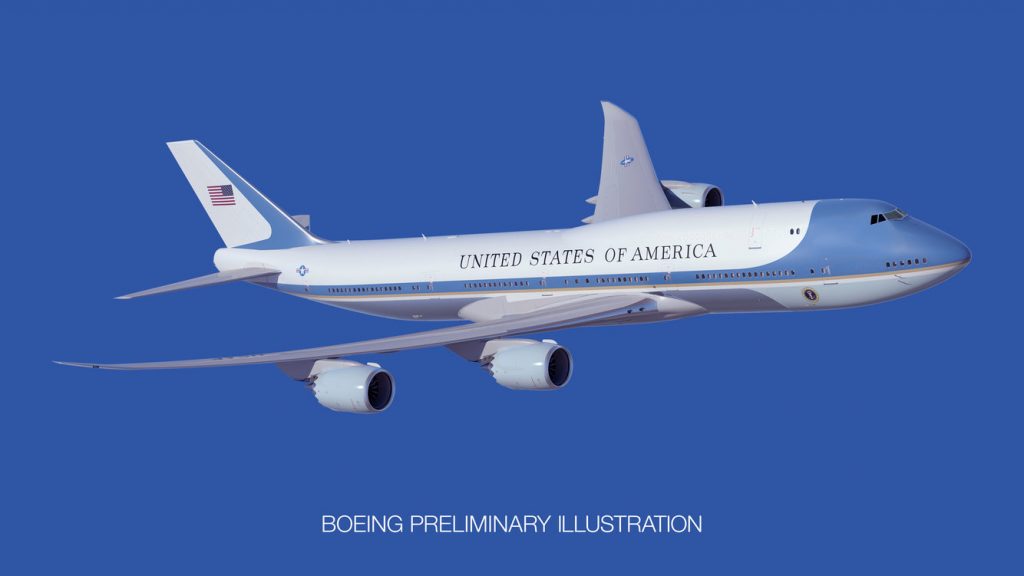Today, presidential air travel is a highly coordinated massive operation. But this wasn’t always the case, there was no Air Force One. It wasn’t until 1933 that the US government actually got an airplane specifically for the President. That year, a Douglas Dolphin plane was specially outfitted for President Franklin D. Roosevelt. Unfortunately, FDR never flew in the it.
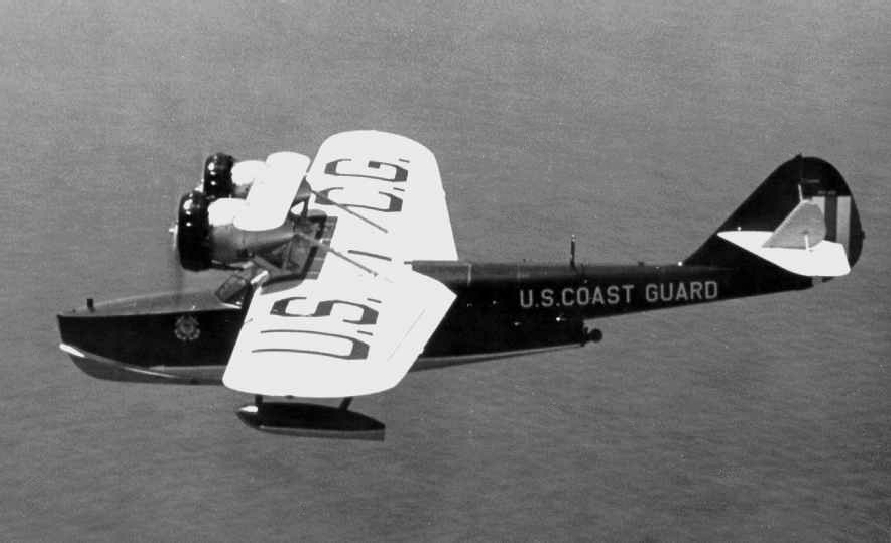
The first official presidential flight was on January 14, 1943 when FDR crossed the Atlantic in a Boeing 314 Clipper on a trip to Casablanca, Morocco.
The Douglas VC-54C Skymaster is the first airplane purpose-built to fly the President. The aircraft was officially named The Flying White House. However, the aircraft became better known by its nickname, Sacred Cow, a reference to the high security around the aircraft and its special status. The Sacred Cow transported Roosevelt to the Yalta Conference.
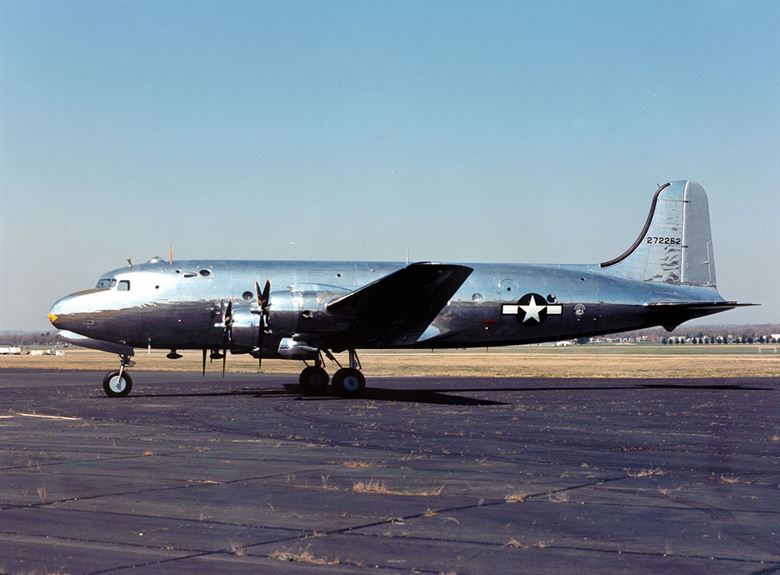
U.S. Air Force photo
In 1947, Truman replaced the Sacred Cow with a new aircraft — a Douglas VC-118. New plane was named “Independence” after the president’s hometown in Missouri. On August 31 that year, it made its first official trip to a conference in Rio de Janeiro, Brazil. VC-118 served in the presidential fleet until 1953.
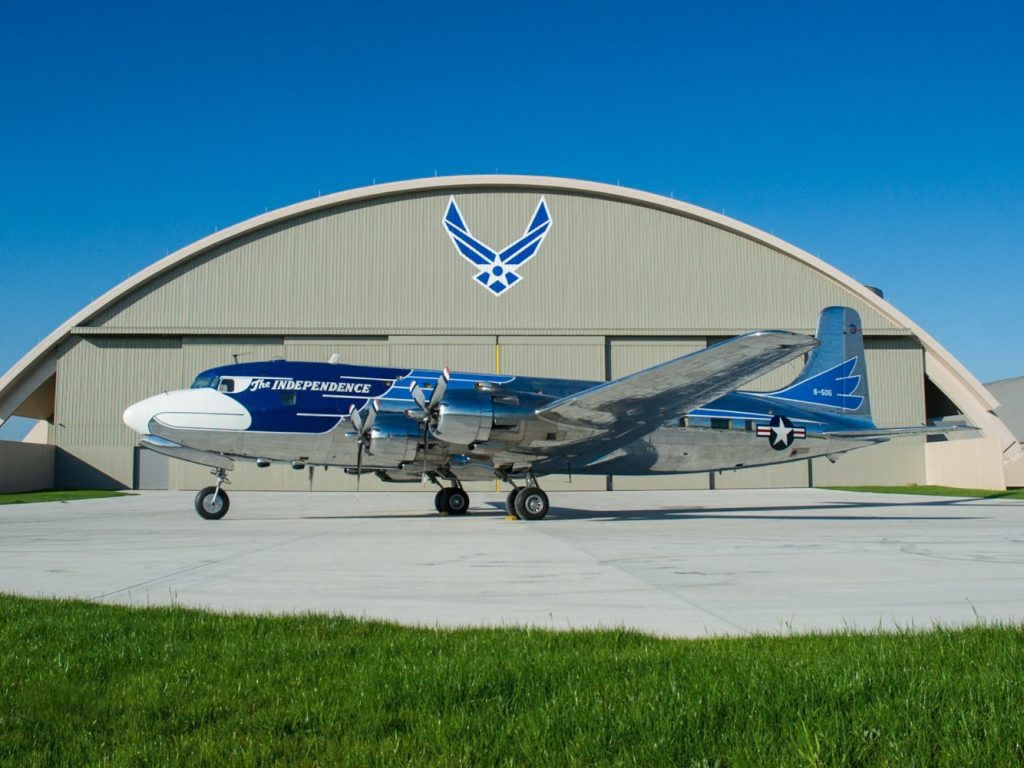
Designation “Air Force One”
That year, Lockheed Constellation “Columbine II” took over the flying duties. In 1953, an air traffic controller confused the Columbine II carrying President Eisenhower with an Eastern Airlines flight using a similar callsign. This incident helped bring about the use of the designation “Air Force One.”

VC-121A starting engines
In November of 1954, USAF took delivery of a new aircraft for President Eisenhower — a heavily modified Lockheed L-1049 Super Constellation called the VC-121E. Christened the “Columbine III”, the Lockheed plane served the president until 1961. It would be the last non-jet-powered airplane to serve as the presidential aircraft.
On October 10, 1962, USAF and President John F. Kennedy took delivery a Boeing 707-320B based VC-137C known as Special Air Mission or SAM 26000. SAM 26000 was first purpose-built presidential jet transport.

Raymond Loewy, the man who designed the livery of Air Force One also designed the Coca-Cola bottle, the (classic) Greyhound Bus, the Shell logo, the USCG stripe, three Studebaker Cars (and their logo), an IBM key punch, Sears’ fridges, the JFK 5¢ stamp, the Luckies pack, 5 locomotives and Skylab. Former First Lady Jacqueline Kennedy is also said to have contributed to the stunning design of Air Force One livery.
In 1972, President Nixon took delivery of a second VC-137C callsign SAM 27000. The new plane took over as the president’s primary airplane with SAM 26000 as the backup.
While Nixon was on his way to a Syria, their fighter jets intercepted Air Force One to act as escorts, however the pilot was not informed and took evasive action, sending passengers flying throughout the plane.
VC-137C Air Force One has 1 more takeoff than landing because President Nixon was aboard when his resignation letter was released by Secretary of State Kissinger. As President Ford was sworn in, the pilot of the aircraft famously called in to air traffic control to announce that the flight’s call sign had changed from Air Force One to SAM 27000.
The president that clocked the most miles on board SAM 27000 was Ronald Reagan.
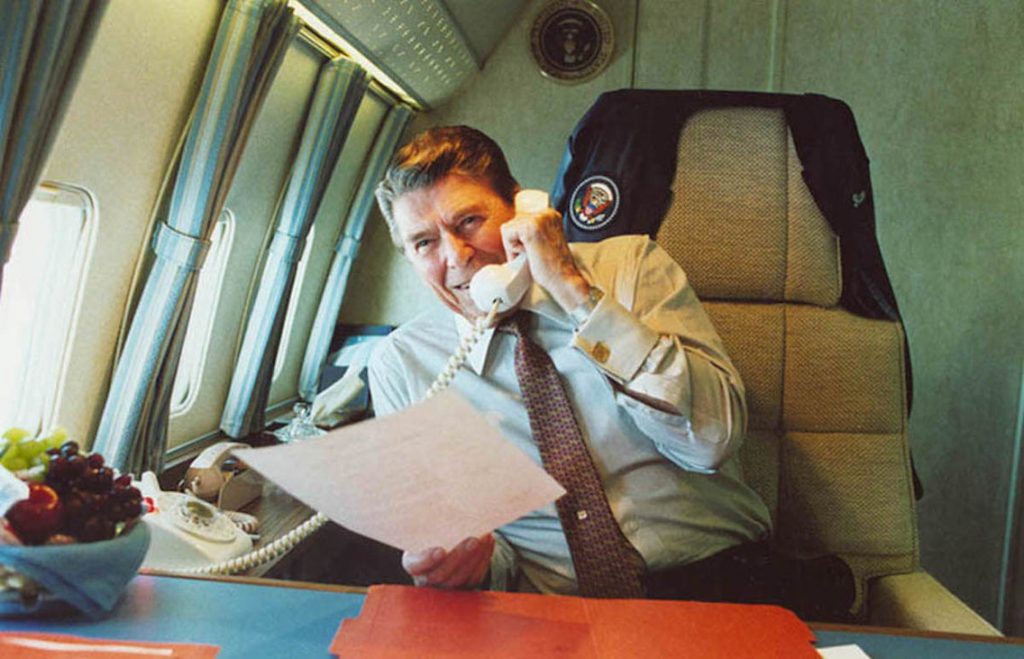
After several delays, the duo of Boeing 747-200 derived VC-25A jets entered service in 1990 during the administration of President George H.W. Bush. The two planes — SAM 28000 and SAM 29000 — remain in service today.
The planes have midair refueling capabilities, advanced satellite communications, self-sufficiency capabilities during visits to foreign airports, ECM and missile defense systems.
VC-25A costs $206,000 per flight hour to operate (including fuel, flight consumables, and maintenance), while a commercial 747 costs about $20,000 to $25,000 per flight hour.
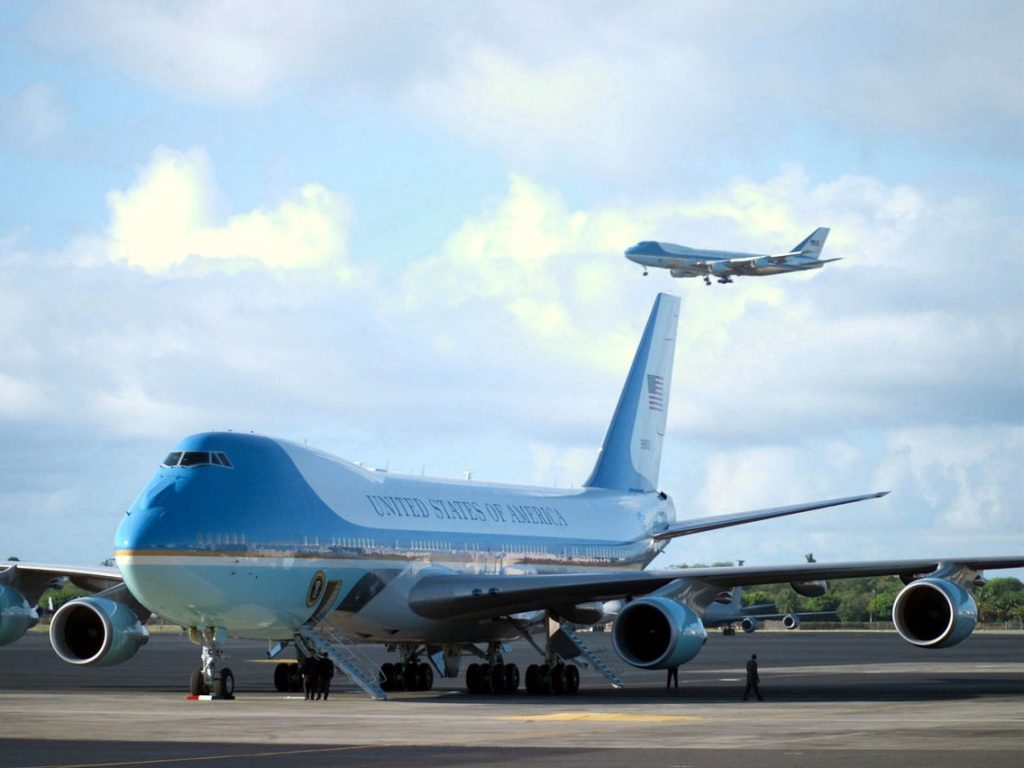
In 2015, USAF announced that it will order a pair of new Boeing 747-8 Intercontinental-based presidential aircraft set to enter service in 2024.
